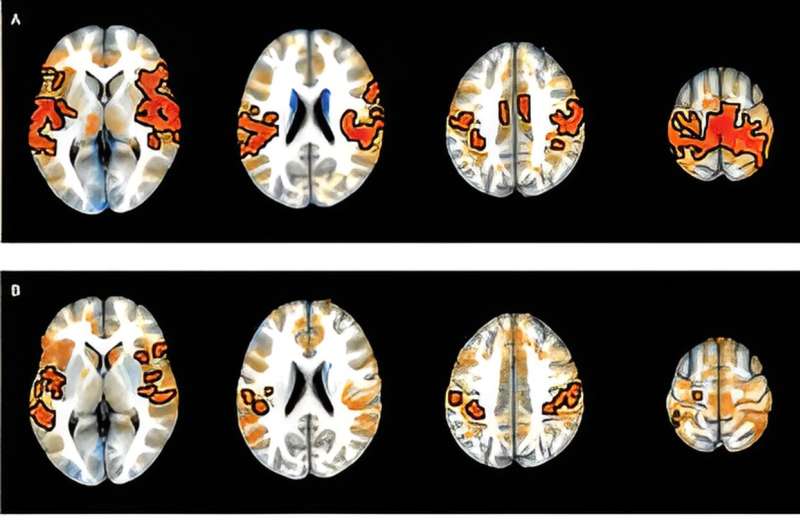This article has been reviewed according to Science X's editorial process and policies. Editors have highlighted the following attributes while ensuring the content's credibility:
fact-checked
peer-reviewed publication
trusted source
proofread
Researchers identify brain connections associated with ADHD in youth

Researchers at the National Institutes of Health (NIH) have discovered that symptoms of attention-deficit/hyperactivity disorder (ADHD) are tied to atypical interactions between the brain's frontal cortex and information processing centers deep in the brain.
The researchers examined more than 10,000 functional brain images of youth with ADHD and published their results in a paper titled, "Subcortico-cortical dysconnectivity in ADHD: A voxel-wise mega-analysis across multiple cohorts," in the American Journal of Psychiatry. The study was led by researchers at NIH's National Institute of Mental Health (NIMH) and National Human Genome Research Institute.
Luke Norman, Ph.D., a staff scientist in the NIMH Office of the Clinical Director, and colleagues analyzed brain images supplied by more than 8,000 youth, with and without ADHD, sourced from six different functional imaging datasets. Using these images, the researchers examined associations between functional brain connectivity and ADHD symptoms.
They found that youth with ADHD had heightened connectivity between structures deep in the brain involved in learning, movement, reward, and emotion (caudate, putamen, and nucleus accumbens seeds) and structures in the frontal area of the brain involved in attention and control of unwanted behaviors (superior temporal gyri, insula, inferior parietal lobe, and inferior frontal gyri).
While neuroscience researchers have long suspected that ADHD symptoms result from atypical interactions between the frontal cortex and these deep information-processing brain structures, studies testing this model have returned mixed findings, possibly due to the small nature of the studies, with only 100 or so subjects. Researchers suggest that the smaller studies may not have been able to reliably detect the brain interactions leading to the complex behaviors seen in ADHD.
The findings from this study help further our understanding of the brain processes contributing to ADHD symptoms—information that can help inform clinically relevant research and advancements.
More information: Luke J. Norman et al, Subcortico-Cortical Dysconnectivity in ADHD: A Voxel-Wise Mega-Analysis Across Multiple Cohorts, American Journal of Psychiatry (2024). DOI: 10.1176/appi.ajp.20230026



















